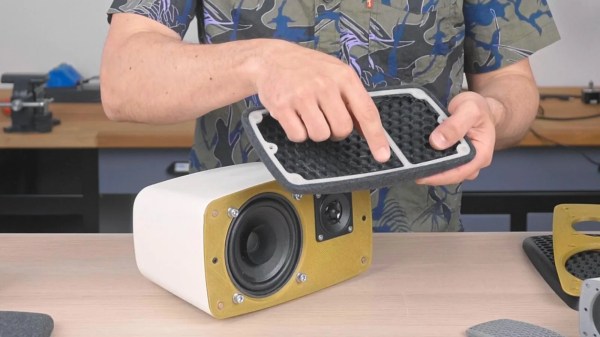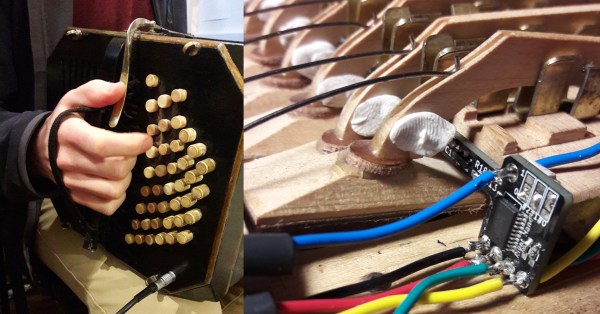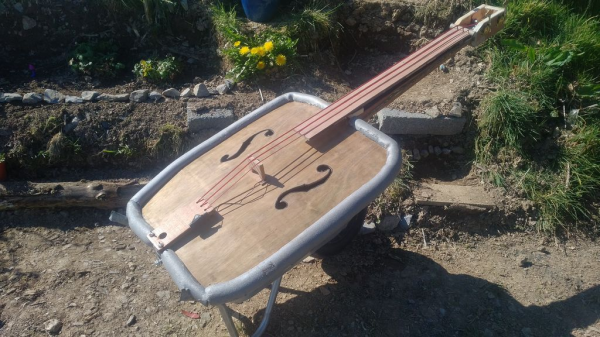Although we all wish that our projects would turn out perfect with no hiccups, the lessons learned from a frustrating project can sometimes be more valuable than the project itself. [Thomas Sanladerer] found this to be the case while trying to build the five satellite speakers for a 5.1 surround sound system, and fortunately shared the entire process with us in all its messy glory.
[Thomas] wanted something a little more attractive than simple rectangular boxes, so he settled on a very nice curved design with few flat faces and no sharp corners, 3D printed in PLA. Inside each is an affordable broadband speaker driver and tweeter, with a crossover circuit to improve the sound quality and protect the drivers. The manufacturer of the drivers, Visatron, provides very nice speaker simulation software to select the appropriate drivers and design the crossover circuit. The front of each speaker consisted of a 3D printed frame, covered with material from a cut-up T-shirt. These covers attach to the main body using magnets and really look the part.
After printing, [Thomas] soaked all the parts in water to clean of the PVA support structures but discovered too late that the outer surfaces are not watertight and a lot of water had seeped into the parts. In an attempt to dry them he left them in the sun for a while which ended up warping some parts, so he had to reprint them anyway. The main bodies were printed in two parts and then glued together. This required a lot of sanding to smooth out the glue joints, and many cycles of paint and sanding to get rid of the layer lines. When assembling the different pieces, he found that many parts did not fit together, which he suspects was caused by incorrect calibration on the delta-bot printer he was using.
In the end, the build took almost two years, as [Thomas] needed breaks between all the frustration, and eventually only used one of the speakers. We’re glad he shared the messy parts of the project, which will hopefully spare someone else a bit of trouble in a project.
Listening to a high-quality audio setup is always a pleasure, and we’ve covered several projects from audiophiles, including affordable DML speakers, and 3D printed speaker drivers.
Continue reading “3D Printed Speakers With Many Lessons Learned”

















